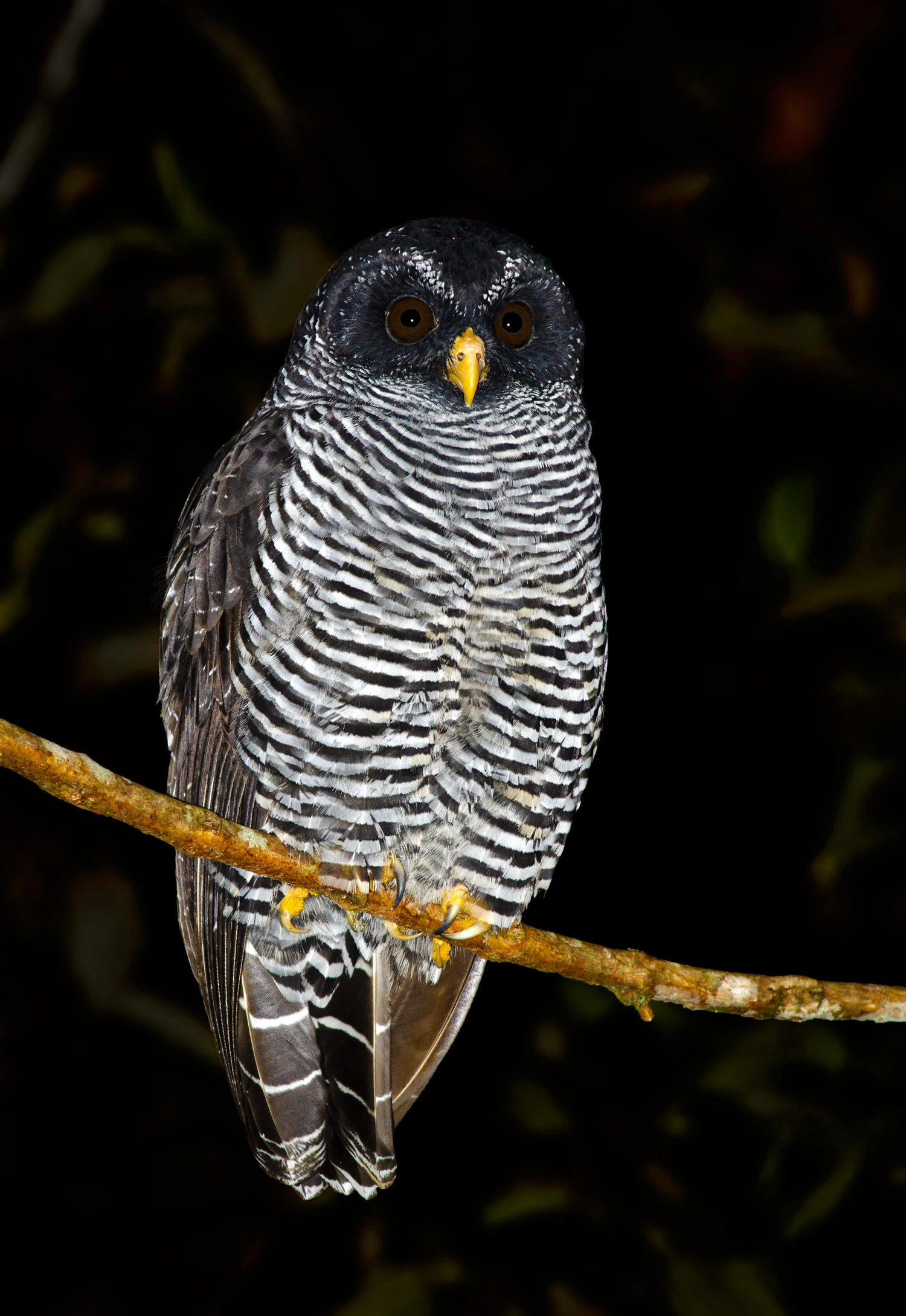The African Wood Owl: Ciccaba Woodfordii
Share
The African Wood Owl, scientifically known as Ciccaba woodfordii, is a captivating nocturnal bird that belongs to the order Strigiformes and the family Strigidae. This species is a member of the subfamily Buboninae and is primarily found in the forested regions of South Africa, extending north to Lake Bangweulu and Nyasaland. With its striking appearance and intriguing behaviors, the African Wood Owl is a fascinating subject for bird enthusiasts and researchers alike.

Taxonomy and Classification
The African Wood Owl was first described by A. Smith in 1834 in the South African Quarterly Journal. The type specimen was designated as Noctua woodfordii. The genus Ciccaba is known for its distinctive owls, and the African Wood Owl is no exception. The species name woodfordii pays homage to the naturalist John Woodford, who contributed to the understanding of African fauna.
The classification of the African Wood Owl is as follows:
- Order: Strigiformes
- Family: Strigidae
- Subfamily: Buboninae
- Species: Ciccaba woodfordii
- Subspecies: woodfordii

Physical Characteristics
The African Wood Owl is a medium-sized owl, characterized by its rounded head, large yellow eyes, and a distinctive facial disc. The plumage is predominantly brown with mottled patterns that provide excellent camouflage against the bark of trees. Adult owls typically measure between 35 to 40 cm in length, with a wingspan of approximately 90 cm. The coloration varies slightly between individuals, but they generally exhibit a mix of dark and light brown feathers, with white spots scattered throughout.

Habitat
The African Wood Owl thrives in forested areas, particularly in dense woodlands and riverine forests. Its range extends from the forested parts of South Africa northward to regions around Lake Bangweulu and Nyasaland. These owls prefer habitats that provide ample cover for hunting and nesting, often residing in tree cavities or abandoned nests of other birds.
Diet
As a nocturnal predator, the African Wood Owl primarily feeds on small mammals, birds, and insects. Its hunting strategy involves silent flight and keen hearing, allowing it to locate prey in the dark. The owl's diet can vary based on the availability of food sources in its habitat, but it is known to be an opportunistic feeder, adapting to the most accessible prey.
Behavior
The African Wood Owl is primarily nocturnal, becoming active at dusk and remaining so throughout the night. During the day, it roosts in dense foliage, relying on its camouflage to avoid detection. The owl is known for its distinctive hooting calls, which can be heard echoing through the forests at night. These calls serve various purposes, including territory establishment and communication between mates.
Reproduction
Breeding typically occurs during the southern hemisphere's spring and summer months. The female lays a clutch of 2 to 4 eggs, which she incubates for about 30 days. The young owls fledge approximately 6 weeks after hatching but remain dependent on their parents for several weeks as they learn to hunt and navigate their environment.
Conservation Status
The African Wood Owl is currently classified as Least Concern by the IUCN Red List. However, habitat loss due to deforestation and urbanization poses a potential threat to its population. Conservation efforts aimed at preserving forest habitats are crucial for ensuring the survival of this species.
Birdwatching Tips
For birdwatchers interested in observing the African Wood Owl, the best time to spot them is during the evening hours when they are most active. Look for them in dense forests or near water bodies, where they are likely to hunt. Listening for their distinctive calls can also help locate them. Binoculars and a good field guide are essential tools for any birdwatching excursion.
The African Wood Owl is not just a beautiful bird; it plays a vital role in its ecosystem as a predator, helping to maintain the balance of populations of small mammals and insects. Observing this magnificent creature in its natural habitat is a rewarding experience that highlights the importance of conservation efforts in protecting our wildlife.
In the heart of South Africa's forests, the African Wood Owl continues to thrive, a testament to the beauty and complexity of nature. Its presence serves as a reminder of the delicate balance within ecosystems and the need for ongoing efforts to preserve these vital habitats.

